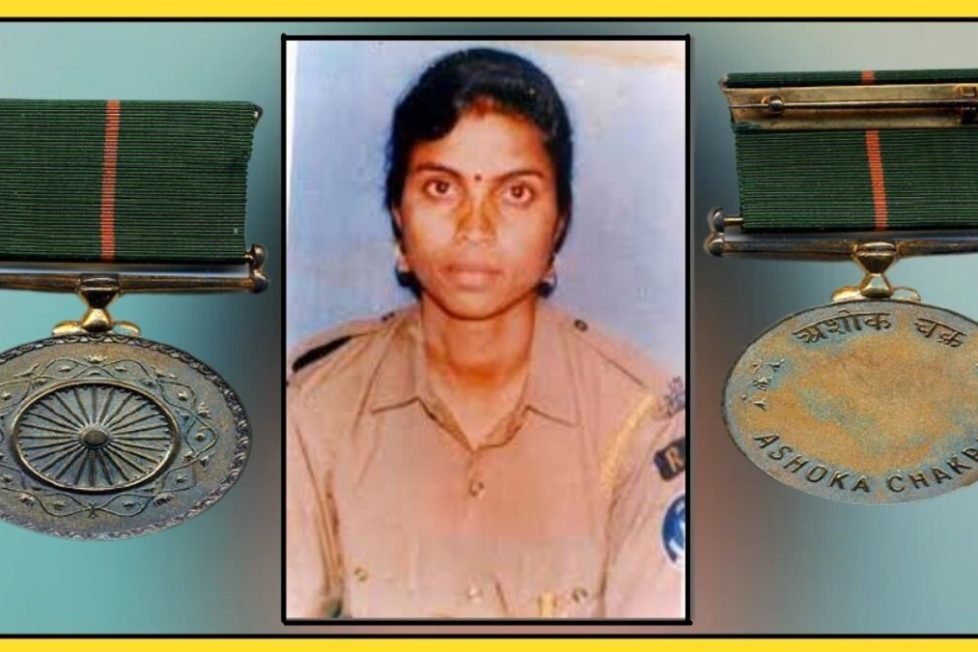Kamlesh Kumari: The First Policewoman who Received the Ashok Chakra


When a group of five terrorists attacked the Parliament building on the terrible day of December 13, 2001, they were all armed with lethal assault rifles and shook Delhi.
The success of this operation would have dealt a severe blow to the Indian political system because L K Advani and Jaswant Singh, two political heavyweights, were still within the building 40 minutes after the session ended.
On December 13, 2001, Kamlesh Kumari Yadav was stationed in the Parliament Building. She was a CRPF constable assigned to Iron Gate Number 1, where she assisted the watch and ward staff in frisking and checking visitors.
Union Ministers, Members of Parliament, and other VVIPs entered the building through this gate.
At that time, a white ambassador wearing a crimson light and bearing the labels “Home Ministry” and “Parliament” came through the gates. These insignia would have reassured the guards on any other day that the car belonged to a VVIP and there was nothing to worry about.
However, Kamlesh Kumari sensed a problem that day. The car didn’t maintain its speed or even slow down as it drove through the gates; instead, it accelerated.
It is interesting to note that Kamlesh Kumari only had a walkie-talkie with her. The women constables stationed in the Parliament House were not given weapons at the time, despite the fact that the CRPF is the first paramilitary force in the nation to have Lady’s Battalions.
When Kamlesh Kumari saw five men getting out of the car and moving toward the building while all of them were carrying heavy weapons, she decided to start pursuing the ambassador rather than putting her own safety first.
She raised an alarm as soon as she saw the terrorists. The Braveheart was the first to respond to the terrorist attack, shouting and using the walkie-talkie to alert other CRPF members. Constable Sukhwinder Singh, who was stationed at Gate No. 11, was running toward Kamlesh Kumari. Her alarm had woken up the CRPF agent, but regrettably, it had also woken up the terrorists. They opened fire indiscriminately on the female constable, who was left undefended because she had no weapons with her.
The braveheart was the first victim of the 2001 Parliament assaults after being struck by 11 bullets.
But Singh, who was informed of the attack and pursued the terrorists, shot one of them while they were wearing suicide vests, therefore her martyrdom was not without justification. Santosh Kumar, another member of the CRPF, became immediately vigilant and shot three of the five attackers.
Even though Kamlesh Kumari was killed in the attack, her sacrifice was not forgotten. She received the Ashoka Chakra, India’s highest honor for peacetime service, posthumously in 2002 from then-President K R Narayanan.
She became the first policewoman to be posthumously given the honor.
Kamlesh Kumari was surviving with Avdhesh Yadav, her husband, and her two daughters, Jyoti and Shweta. Both of her kids undoubtedly grew up hearing stories about their mother’s bravery and understanding that she died a hero, one who would encourage hundreds of girls to join the paramilitary forces and defend their country in a similarly gallant manner as she did.
DISCLAIMER: The author is solely responsible for the views expressed in this article. The author carries the responsibility for citing and/or licensing of images utilized within the text.
